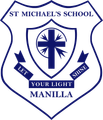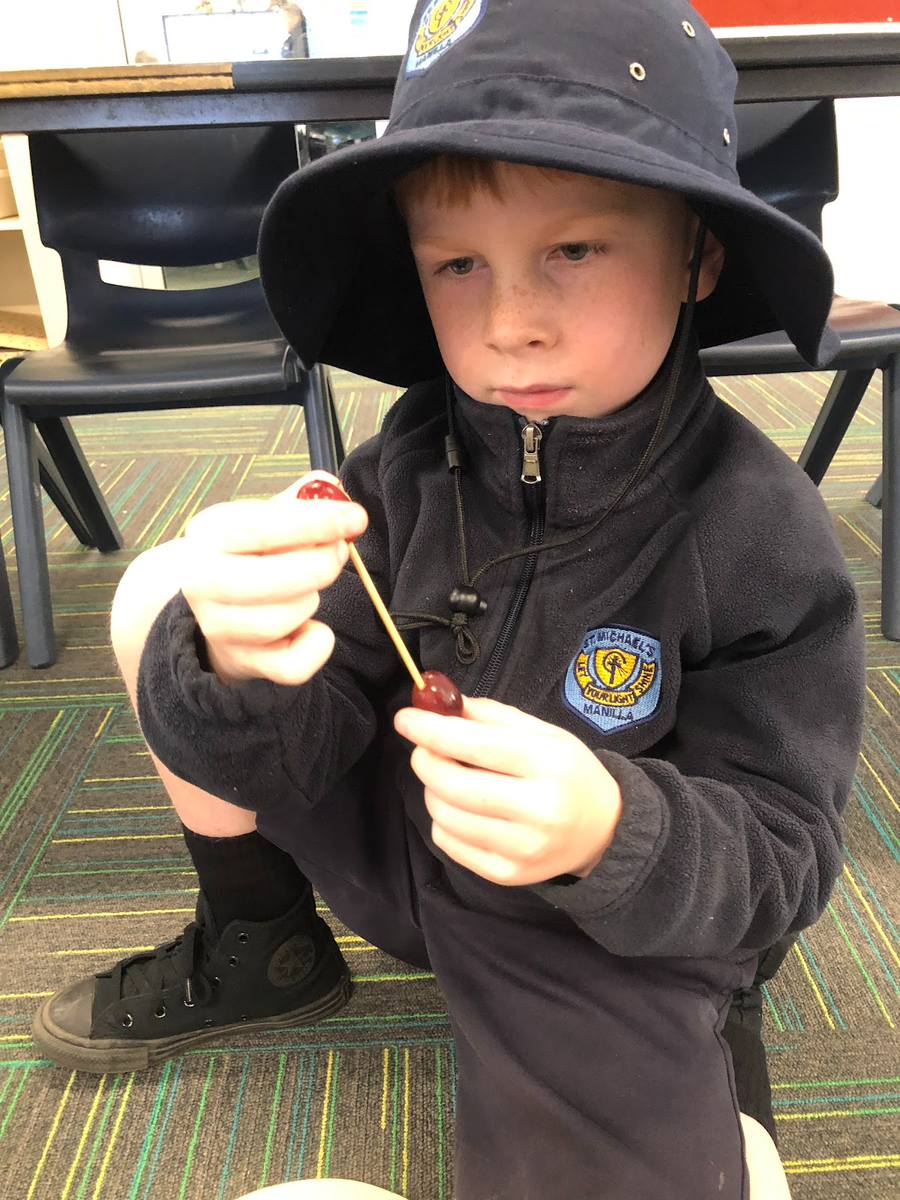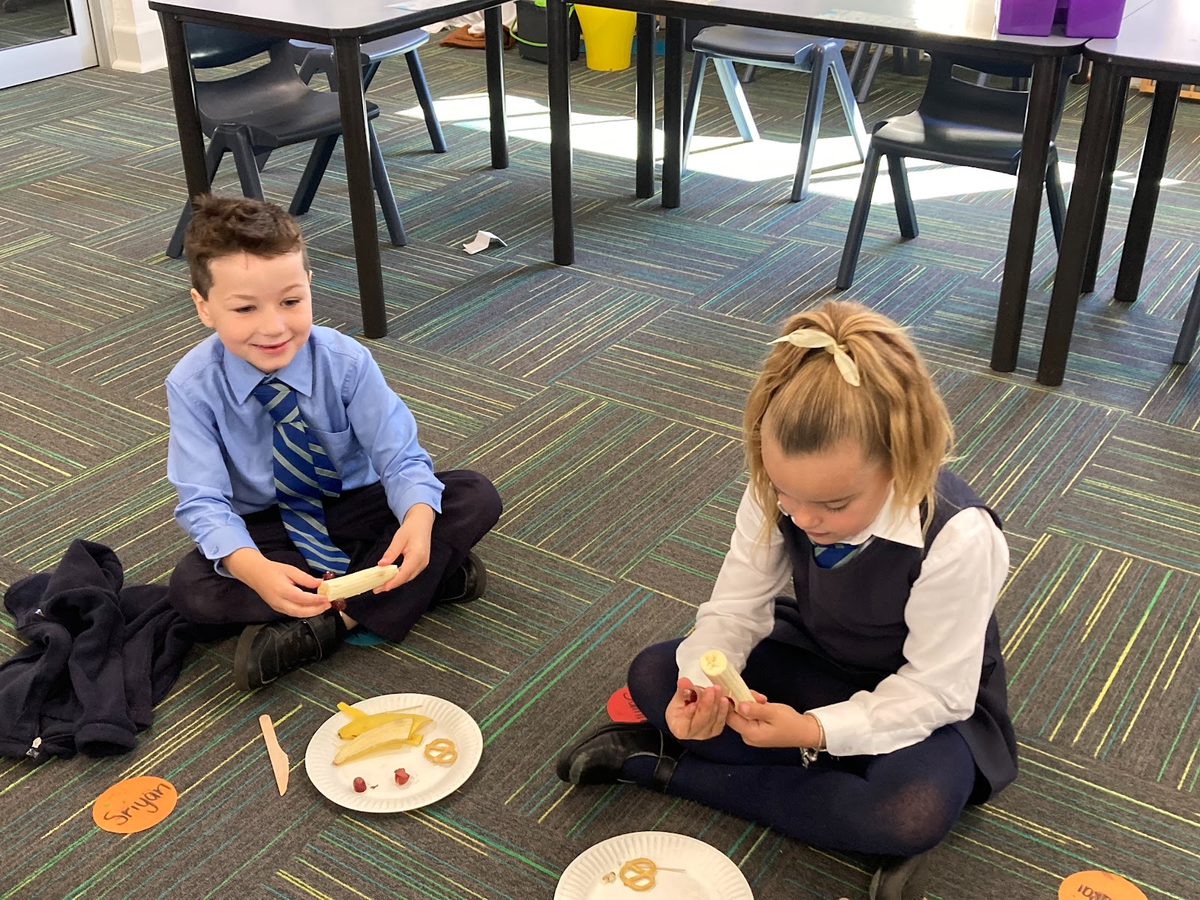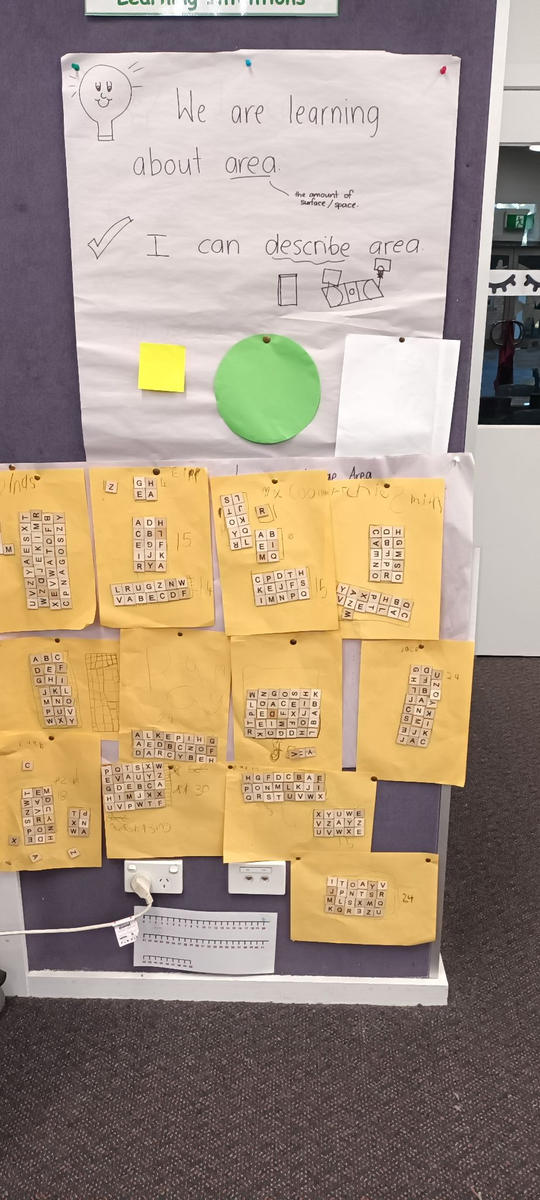Learning News
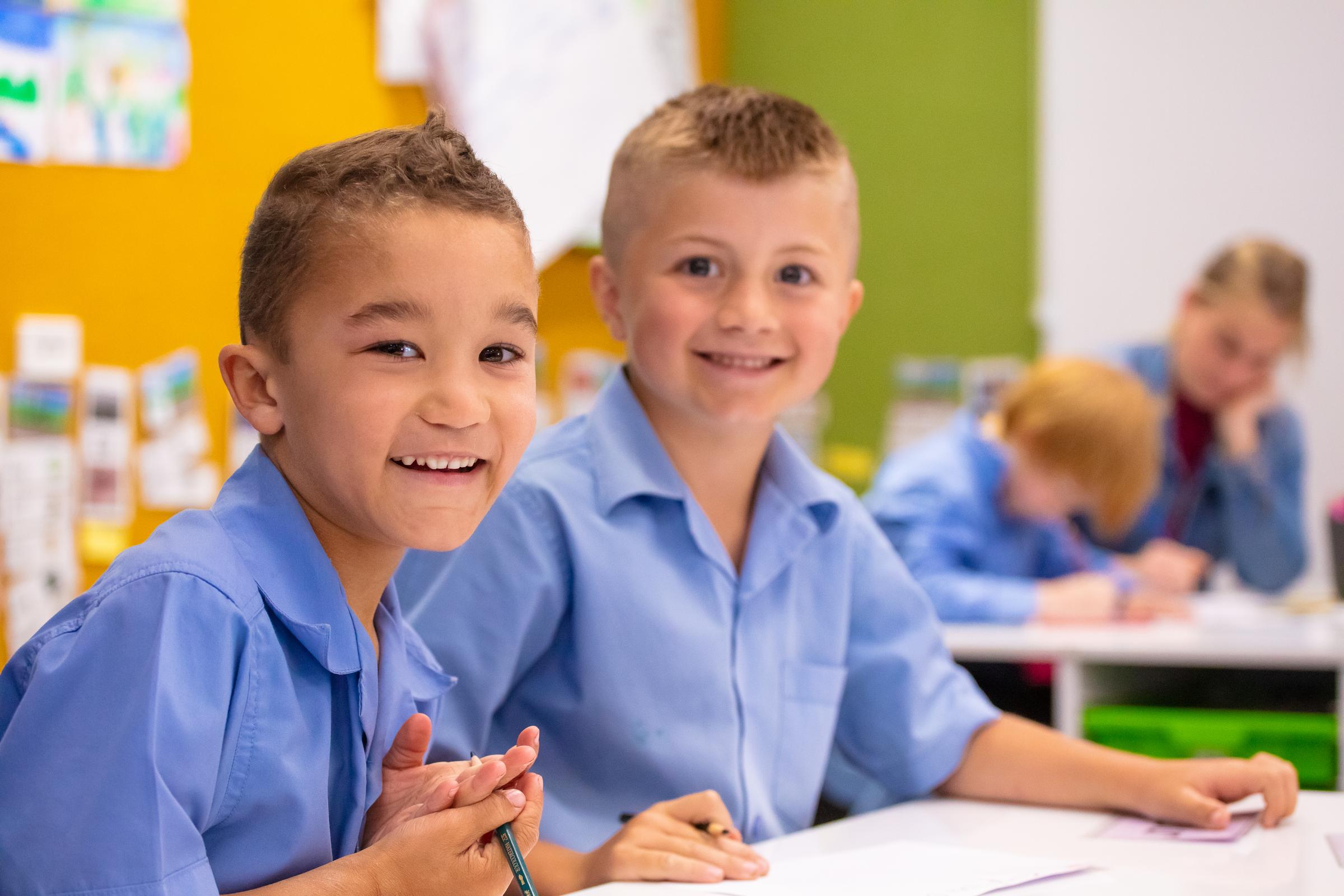
Learning News
This week, teachers from K-6 have been collecting writing data samples from the students through the process of Cold Writes (for Years 1-6) and Warm Writes (for Kindergarten). This is done across the Diocese using a common stimulus during the same time period and this term, it is a persuasive piece of writing.
A Cold Write is where students are not given the writing stimulus before writing and after a brief class discussion on the topic, write completely independently. This is an opportunity for students to display what they know without the assistance from external resources.
Warm Writes are for beginning learners and are more supportive for the students. During the Warm Write process, the students are introduced to the topic before the day of the Warm Write and spend time unpacking the topic and gathering ideas. The teacher assists the students during the writing process.
We are looking forward to seeing all of the skills the students have learnt during writing on display.
Kindergarten
Kindergarten have been working hard on developing their writing skills this term. As part of our writing lessons, we have been learning about a sentence and what it needs. We are learning that a sentence needs a capital letter at the beginning of the sentence, a full stop at the end and use of finger spaces between words. This week, we read the Magic Beach by Alison Lester and wrote some sentences about the beach using some known sight words. The children were given jumbled word tiles that the children cut and sorted to make the sentence. The children then independently wrote the sentence underneath.
Well done Kindergarten-Miss Fraser’s very impressed!
Year 1
In English, Year 1 has been learning all about procedures. They have learned that procedures tell you how to make something or how to do something. They had to listen carefully to instructions and then make different party food. After that they had to think very carefully about how to write the steps so their reader knew exactly what to do. They also learnt to use commas to separate the materials needed to make a ‘Grape Caterpillar’ and a ‘Banana Car. They especially enjoyed eating the food they made. Excellent job following instructions this week Year 1!
Miss Myers.
Year 2/3
This week, Year 2/3 have been investigating sound energy as part of our Science unit. We have explored a range of instruments from around the world and identified how they create sound. To show our understanding we have created our own instruments using materials that we could easily find and use. We were given the choice of creating a Maraca, a Drum or a Strummer. We thoroughly enjoyed these lessons and we look forward to sharing our knowledge with our friends and families at home. Rock on Year 2/3! Mr Beaumont.
Year 4
This term for Science, the students are completing the unit called Marble Magic. This unit involves the student creating their own marble run by using a variety of materials, whilst also meeting the different criteria requirements. This week, Year 4 have been learning about testing a variety of materials (in relation to friction) that will be effective in creating their marble runs. The students will start to design their marble runs next week. Great Work Year 4!
Miss McDonald & Miss Maunder.
Year 5/6
Stage 3 has been learning to write an informative explanation about volcanic eruptions. Students began by researching how and why volcanoes erupt, noting down their findings in a mind map. Students used this research to start writing an introduction and will complete their writing next week. To further explore volcanoes, students conducted an experiment of a volcanic eruption and created an artwork. Fantastic work Stage 3!
Miss Summerell & Miss Rasche
Numeracy News
There are many ways we can learn about area with our children at home, such as:
- Measure the area of a patio or tabletop using sheets of newspaper. Count how many sheets of paper were needed to completely cover the area.
- Draw squiggle patterns or make squiggle patterns from string glued onto paper. Colour inside the ‘closed' areas.
- Spread out a sheet of newspaper on the floor. Count how many books will fit on top of it.
- When wrapping presents, talk about the size of the paper and if the paper will be wide and long enough.
- Talk about the size of a tablecloth needed to cover a table or covering for a car.
- Look at the area coverage shown on paint tins before painting. Talk about how many tins of paint you will need.
- Collect coloured scrap paper and some empty cans or small cartons such as cereal boxes. Your child can create a colourful model by gluing paper to completely cover the carton or can.
- Show your child examples of patchwork and talk about the patterns. Encourage them to create patterns using blocks, scraps of paper or colouring on paper.
Some ways we can learn about length with our child at home include:
- Involve your child in cooking activities which require half a cup of an ingredient. They could half fill the cup measure for you.
- When making sandwiches or cutting other foods, talk about how you cut them into halves. Use words such as half, even, equal, parts;
- Involve your child in sharing with another ensuring that each person has a fair share. Both halves need to be equal.
Kindergarten
Last week, Kindergarten have enjoyed exploring area. We learned that in order to accurately measure the area of objects, we need to make sure we don't overlap or make gaps. We practised measuring by overlaying letter tiles on to different shapes in our classroom. Well done Kindergarten!
Year 1
This week, Year 1 started their separating quantities (subtraction) maths unit. They have learned about the symbol for subtraction and the many different words we use when we have to separate quantities. They then learned how to use blocks and number lines to show the difference between two numbers. They have also been working very hard with the strategy of ‘counting back’ to solve subtraction number sentences. Outstanding work mini mathematicians!
Miss Myers
Year 4
This week, Year 4 have started their unit Multiplication, focusing on multiples and number patterns. In their daily warm up, students put this to practise by participating in timetable races, attempting to improve their rapid recall of specific timetables. This week the students also began developing their understanding of arrays and enjoyed being introduced to partially covered area models to represent multiplication. Great start to the Multiplication unit Year 4!
Miss McDonald and Miss Maunder
Year 5/6
This week Stage 3 has been learning how to find a percentage of a quantity, as well as the relationship between percentages, fractions and decimals. Students used hundredths grids to represent different percentages and write them as a fraction and decimal. Students learned that to write a fraction as a percentage, it is helpful to first write the fraction with a denominator of 100, or as a decimal with hundredths. Students then used tape diagrams to divide numbers up into percentages to solve problems. Fabulous work Stage 3!
Miss Summerell & Miss Rasche
